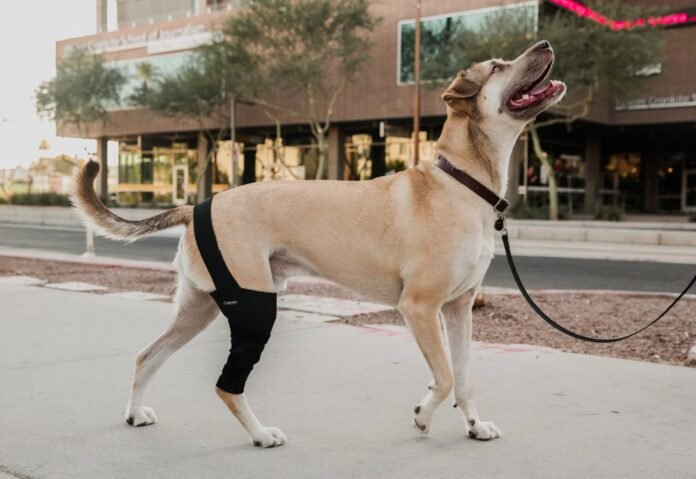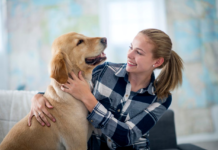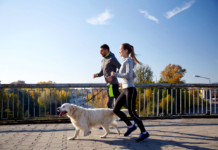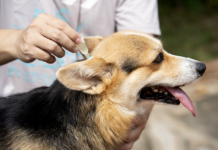ACL injuries are prevalent in dogs and can be excruciatingly painful. Today, we discuss the signs of ACL damage in dogs, as well as the operations that can be used to treat these common knee ailments.
Contents
ACL / CCL
The anterior cruciate ligament (ACL) is a thin connective tissue in the center of our knees in humans.
In dogs, this connective tissue is known as the cranial cruciate ligament (CCL), and it joins the tibia (bone below the knee) to the femur (bone above the knee). Although there are distinctions, your dog’s ACL is the cranial cruciate ligament (CCL).
The biggest difference between a person’s ACL and your dog’s CCL is that your pet’s knee is always bent when standing, therefore this ligament is always load-bearing.
Differences Between ACL Injuries in People and CCL Injuries in Dogs
ACL injuries are prevalent in sports. These injuries are typically the result of an acute trauma caused by a quick movement, such as a jump or change of direction (think of basketball players in action). CCL injuries in dogs typically develop gradually, becoming progressively worse with exercise until a tear occurs.
Signs of ACL Injuries in Dogs
The following are the most prevalent symptoms of CCL damage in dogs:
- Stiffness
- Difficulty standing and jumping.
- Hind leg lameness and limping.
Dogs with a single torn CCL will often favor the non-injured limb during activity, which frequently leads to harm to the second knee. Approximately 60% of dogs with a single CCL damage will later hurt the opposite knee.
Read More: Heatstroke in Dogs
Treating Injuries of ACL in Dogs
If your dog has a cruciate injury, there are numerous treatment options available, ranging from knee braces to surgery. Your vet will evaluate your dog’s age, size, and weight, as well as his or her lifestyle and energy level when deciding the best treatment for your dog’s injury.
Treatment Options
Knee Brace
A knee brace is a non-surgical approach for treating CCL damage that may help stabilize the knee joint in some dogs. The support offered by a knee brace allows the ligament to heal and scar. When paired with restricted activity, treating CCL injuries with a knee brace may be helpful in some dogs.
Extracapsular Repair – Lateral Suture
The ruptured cruciate ligament is replaced with an artificial ligament on the outside of the joint during this procedure. ACL surgery for dogs is usually reserved for tiny to medium-sized breeds weighing less than 50 pounds.
Tibial Plateau Leveling Osteotomy
TPLO is a popular and highly successful surgery that cuts and flattens the tibial plateau before stabilizing it in a new position with a plate and screws.
Tibial Tuberosity Advancement
TTA surgery eliminates the need for the CCL ligament by removing the top of the tibia, pushing it forward, and then fixing it in its new place with a stainless steel metal plate.
Read More: Facial Swelling in Dogs: Causes & Treatments
Recovery from ACL Surgery
Recovery from a dog’s ACL damage is a slow process, regardless of which treatment you choose for your dog. Expect your dog will need at least 16 weeks to recuperate completely and return to normal function. Your dog will run and jump like its old self a year following surgery.
Follow your vet’s advice to hasten your dog’s recovery from ACL damage, and never force your dog to complete activities if they resist. To avoid re-injury, carefully follow your veterinarian’s recommendations and attend regular follow-up sessions so that your veterinarian can monitor your pet’s recovery.




















